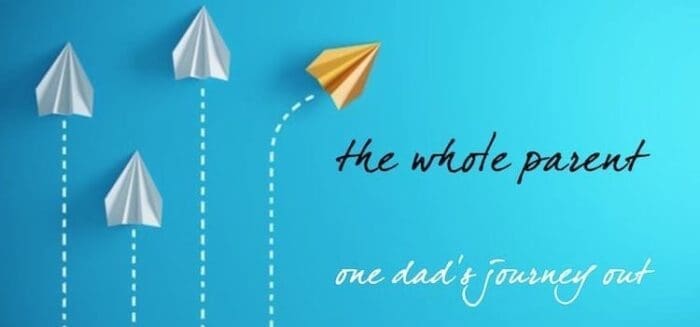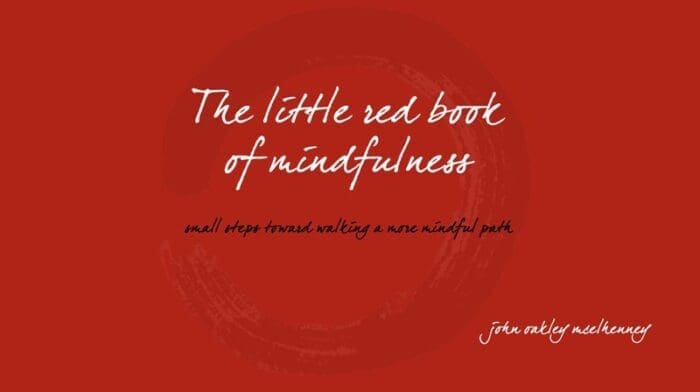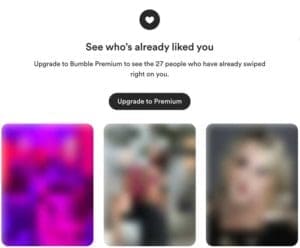Mindfulness is not hard to understand.
Understanding mindfulness is not mindfulness.
Practicing mindfulness in your daily life is a process, a habit, that once you embrace and understand can make significant improvements in your quality of life and even your health.
Your Energy Management Plan
Throughout each day my energy ebbs and flows. I’m gung-ho for a few hours and then I’m exhausted. As I have begun to get more observant of my intake of fluids, food, and supplements, I have noticed my ability to regulate my energy and thus my overall moods. It’s hard to be happy and excited about anything when you’re about to fall over from exhaustion. Your ENERGY ≠ MOOD, but it greatly affects mine.
The first step in understanding your complex energy cycle is to observe your energy and take notes of what helps when you need a boost or a chill pill.
First, observe. When you are noticing your energy lagging or being too excessive, pause and make a note of what’s going on. “I am dragging this morning.”
Second, assess what your body and mind need. Do I need a break from the work or a second cup of coffee? Would a nap be more beneficial than a stimulant? Can I go for a walk or a short run to reset my regulatory system? What are your options when you’re feeling tired?
Third, take action. This morning, for example, I had several meetings ahead of me, a nap would not be feasible, so I opted for a second cup of coffee. I also added a bit of nutrition as well, knowing that sometimes a second cup will get me too jazzed up.
Finally, notice how your adjustment worked over the next few hours. Did you get the lift you wanted? Perhaps a walk would’ve served me better than more coffee. Did the energetic shift have a positive effect on your output? Did the coffee poop out before you were done? Are there alternatives to caffeine? Maybe some Yerba Mate would have a slightly better result.
Make notes of what you learn. Keep studying and adjusting your energy levels throughout the day. It’s like a meditation or energetic check-in I have with myself.
“I’m a bit too up,” I notice. “Let’s have some food, and maybe a 15-minute nap.)
“I’m dragging on this work today, I think I’ll take a long walk over lunch, and come back with a new perspective.”
Sometimes, you need a bit of both. A quick nap and a cup of coffee can really reset my altitude and attitude if I know I have a lot of work in the afternoon.
Becoming mindful is about noticing your energy and mood frequently throughout the day.
When I’m shifting tasks, moving from an Excel project to a writing project, for example, I will commonly take a moment to check in with my energy. I want what is best for my physical and mental health. I also want to perform my work at a high level. I take advantage of every opportunity to make a positive adjustment to my energetic trajectory.
Before I go to the next right action, let me take a reading on my energy level.
Namasté,
John McElhenney – life coach austin texas
Facebook | Instagram | @wholeparent
Table of Contents
-
- observer – pause (ghost on the ceiling + next right action)
- affirmations – changing your thoughts by prayer and repetition
energy = mood – lessons in self-awareness and consumption- defining your scale – 1 (depression) to 10 (manic)
- self-compassion – go easy on yourself during the hard times
- self-soothing – how you nurture and lift yourself back up
- listening with intention – give your attention to someone else’s pain
- up and out – interrupting sadness and loneliness
- defining a path – where do you want to go in your life
- refining your goals – along the journey it is important to reset
- full-stop reset – when everything feels out of balance
- resting in hope – hope is the key to unlocking energy and recovery
related posts:
- mindfulness < a new index of happiness and hope
- MNDFL + MFKR (You can be either, better to be both)
- “You Look Tired” Let’s Talk About Living Your Best Life
- Here and Now: Returning To Peace, Learning Patience
Here are a few of my books on Amazon:
- Single Dad Seeks: Dating Again After Divorce: Advice and Strategies on Learning How to be Loved Again
- Fall of the House of Dad: My journey through divorce, from loss to joy, again and again
- A Good Dad’s Guide to Divorce: One father’s quest to stay connected with his children
- The Sex Index: Getting Our Love Languages Right in the Bedroom
- Here Comes the Darkness: Surviving and Thriving After a Mental Illness Diagnosis
- The Third Glass: When Drinking Becomes an Issue
- The Storm Before the Divorce: When One Parent Wants Out, That’s the End
- Dating 2.0: Aiming for the Love of Your Life





